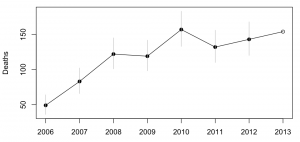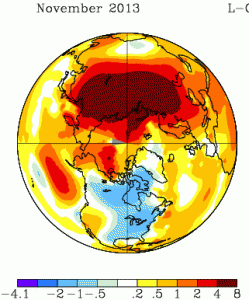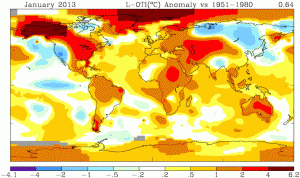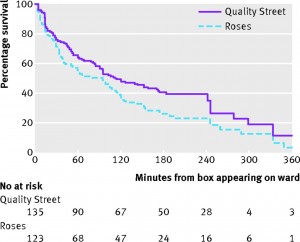From TV One Breakfast this morning “WiFi detrimental to health, study suggests“. (I didn’t see this live; the Science Media Centre contacted me for comment)
The guest, Mr Kasper from Safe Wireless Technology NZ, said
Overseas research has shown that a person who uses a mobile phone for a year increases their chances of getting brain cancer by 70%, according to the SWTNZ.
The ‘overseas research’ appears to be this, a case-control study of acoustic neuroma in Scandinavia. The first thing to note is that “acoustic neuroma” isn’t the same thing as “brain cancer”. Acoustic neuroma is a rare, benign brain tumour (‘benign’ means it doesn’t spread metastatically), which is usually treatable, though often with long-term effects. The researchers didn’t suggest that their results applied to other brain tumours; in fact, they assumed the opposite and used people with a different brain tumour, meningioma, as one set of controls for their comparisons.
The story also says
“There’s so much research and there’s so much scientific evidence now that does more than just suggest that there is a real problem, and people are getting these problems,” Mr Kasper said.
The National Cancer Institute has a good summary of the scientific evidence, and they are not at all convinced. It certainly isn’t the case that there’s a strong association with brain cancer overall.
The new research appears to be better conducted than a lot of the past claims of associations between radio waves and health. It’s working against a strong burden of proof both from animal studies and from the fact that radio waves can’t damage DNA. I don’t think it manages that level of proof, but I think reasonable people could disagree. However, even if we assume that the association specifically with acoustic neuroma is real and causal, it doesn’t really support any concern over WiFi. Cellphones are pressed up against the ear, and so provide higher dose of radio-frequency energy to that ear. WiFi transmitters are typically not pressed up against the ear, and each doubling of the distance reduces the energy by a factor of four. And, since they don’t have to reach as far, WiFi signals are less powerful to begin with.
The story ends with
“We do want the Government to put some money into some independent research.”
I’m generally in favour of the Government putting money into research, but on this particular topic there’s no real advantage to the research being done in New Zealand, and we have too small a population to contribute much. There are large international studies ongoing; we don’t need a small local one.
If you are worried about cellphones and acoustic neuroma, use headphones with your cellphone. If you are worried about WiFi and brain cancer, then relax.




